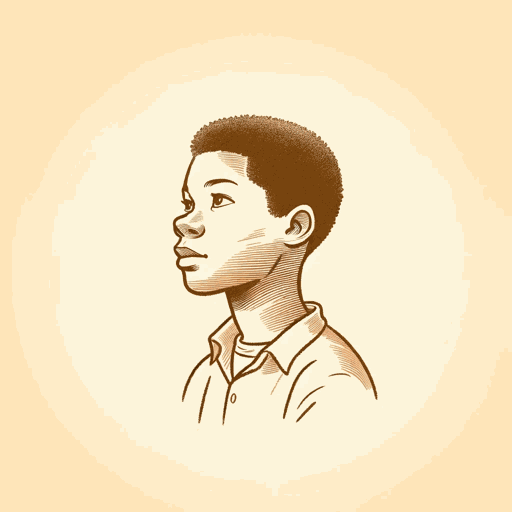76 pages • 2 hours read
Langston HughesNot Without Laughter
Fiction | Novel | Adult | Published in 1930A modern alternative to SparkNotes and CliffsNotes, SuperSummary offers high-quality Study Guides with detailed chapter summaries and analysis of major themes, characters, and more.
Symbols & Motifs
Laughter
Laughter appears throughout the novel as an important motif related to the theme of race and the response to racism in the novel. White laughter appears in the novel several times, including the laughter of whites who laugh at a minstrel act in a vaudeville show, the laughter of a racist white Southerner who tries to force Sandy to dance for him, and the laughter of white children who laugh as they witness their black peers being ridiculed and discriminated against. The laughter of whites reflects white privilege and the power of white supremacy.
There are also several varieties of black laughter as well. Black laughter appears in the novel most frequently among working-class African Americans who have rejected the power of white supremacy and black respectability to define their experiences. The Bottoms, the black working-class neighborhood in Stanton, is frequently filled with this kind of laughter, and Sandy also hears it when he sees blues and ragtime being performed and enjoyed by African Americans who refuse to be shamed for their poverty.
While respectable black figures like Tempy and her husband, Mr. Siles, see the laughter as African Americans’ fulfillment of stereotypes of African Americans as happy-go-lucky and feckless, Sandy comes to understand by the end of the novel that laughter is a healthy psychological response to racism.
Related Titles
By Langston Hughes
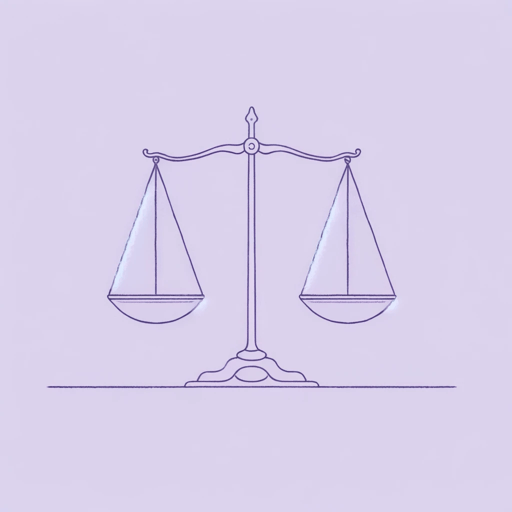
Children’s Rhymes
Langston Hughes

Cora Unashamed
Langston Hughes
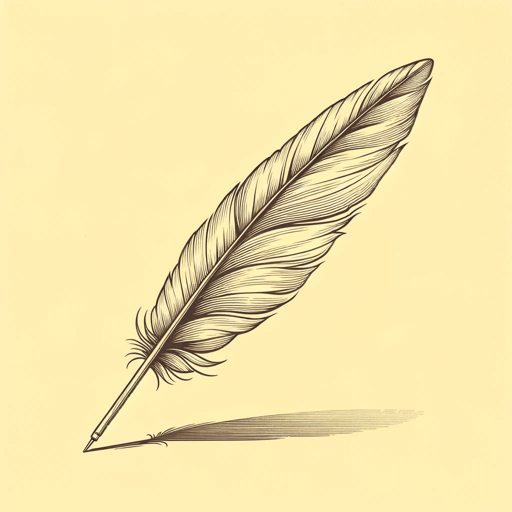
Dreams
Langston Hughes
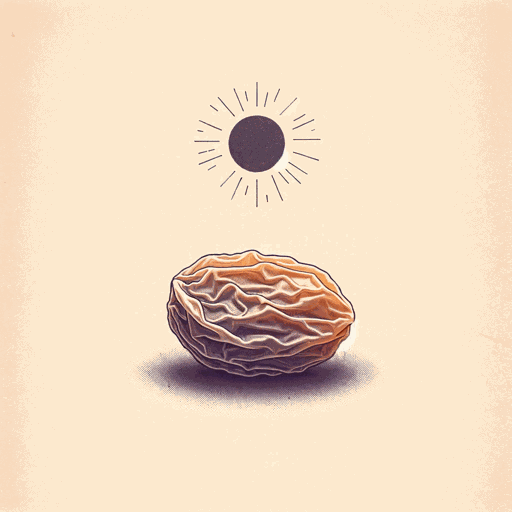
Harlem
Langston Hughes
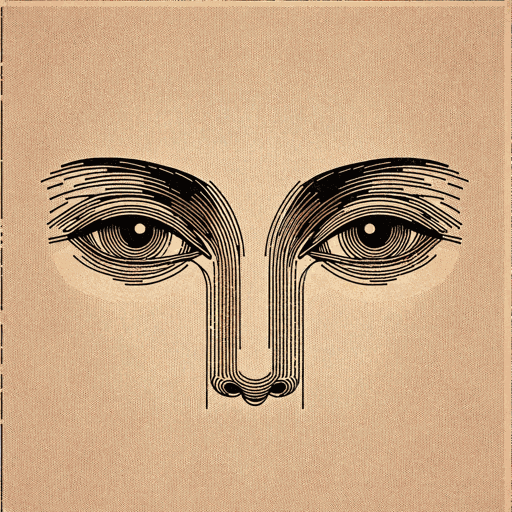
I look at the world
Langston Hughes
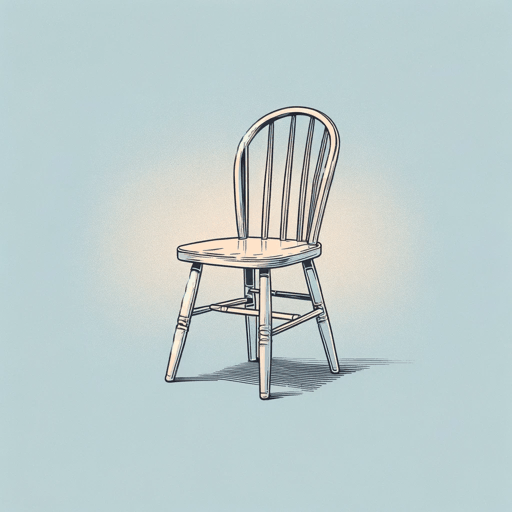
I, Too
Langston Hughes

Let America Be America Again
Langston Hughes
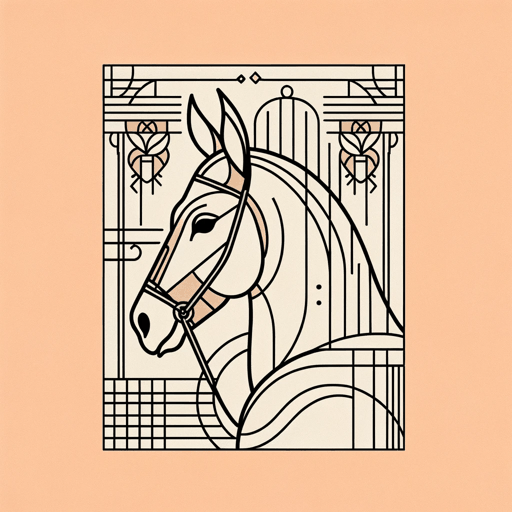
Me and the Mule
Langston Hughes

Mother to Son
Langston Hughes

Mulatto
Langston Hughes

Mule Bone: A Comedy of Negro Life
Langston Hughes, Zora Neale Hurston

Slave on the Block
Langston Hughes
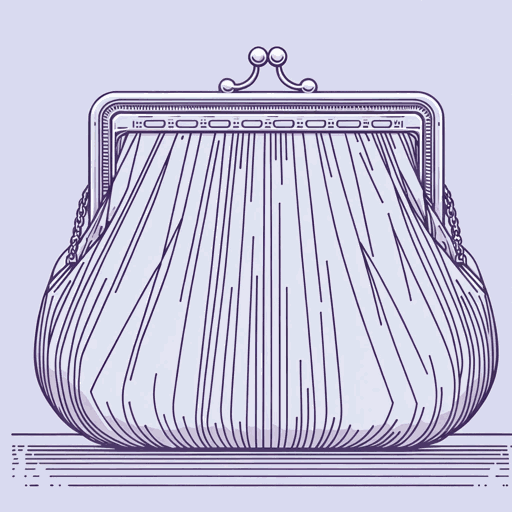
Thank You, M'am
Langston Hughes

The Big Sea
Langston Hughes
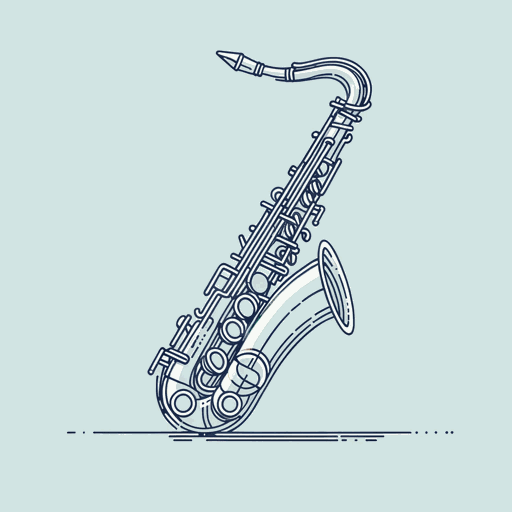
Theme for English B
Langston Hughes

The Negro Artist and the Racial Mountain
Langston Hughes

The Negro Speaks of Rivers
Langston Hughes
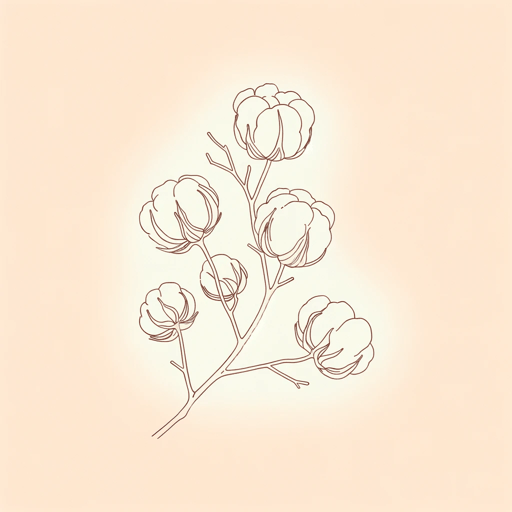
The Ways of White Folks
Langston Hughes
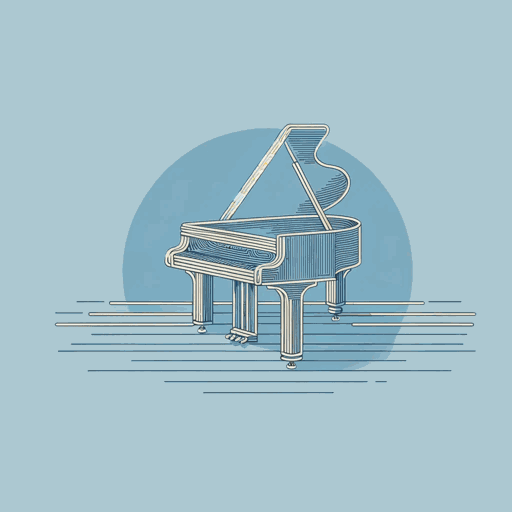
The Weary Blues
Langston Hughes

Tired
Langston Hughes
